Cady’s Falls Nursery | Perennial Lessons
“We were new in Vermont,” Don Avery writes in the forward to his 2014 nursery catalogue, “In the spring of 1980 Cady’s Falls Nursery started out with three cold frames and a glassed in porch. We had the simplistic idea of making a living growing plants. In the decade that followed, a miracle unfolded and […]
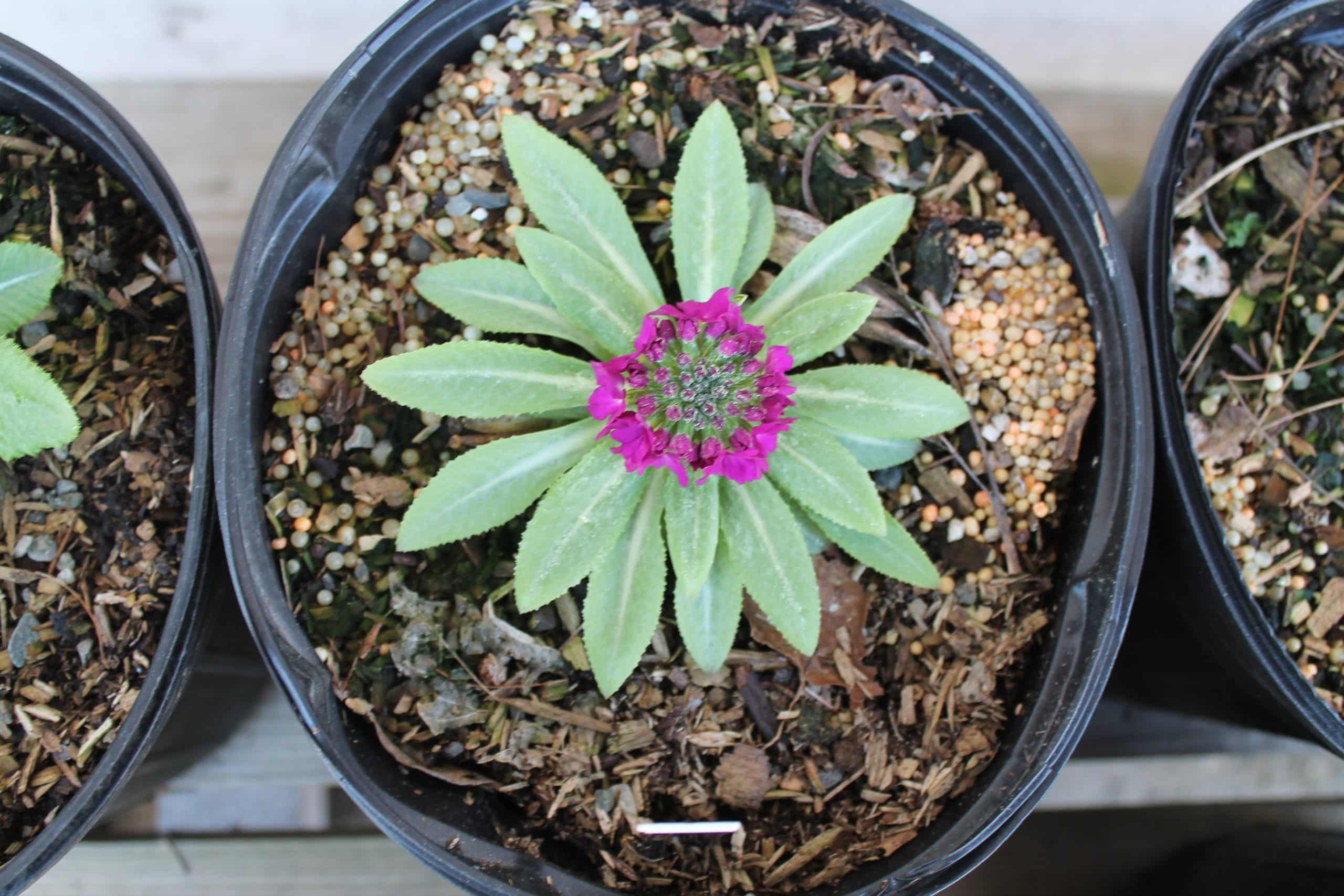
A Primula in bloom at Cady’s Falls Nursery
Photo Credit : Julia Shipley“We were new in Vermont,” Don Avery writes in the forward to his 2014 nursery catalogue, “In the spring of 1980 Cady’s Falls Nursery started out with three cold frames and a glassed in porch. We had the simplistic idea of making a living growing plants. In the decade that followed, a miracle unfolded and we found ourselves on a fantastic horticultural journey…”
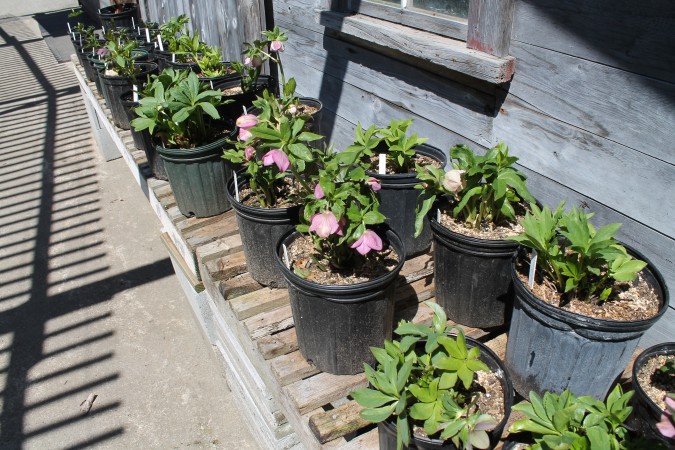
Photo Credit : Julia Shipley
When I discovered their enchanted nursery twenty years later, I was a graduate student searching for a meaningful job. I had ricocheted around New England working on vegetable farms during the warm months and in bookstores and restaurants during the winter. I was a rolling stone when I tumbled into the Avery’s dooryard hoping to learn about perennials, plants that grow back year after year in the same place.
Cady’s Falls Nursery, Yankee Magazine’s 2014 pick for “Best Perennial Nursery,” was also the best place for me to learn about committing to work, to people and to place. My first day on the job I learned that Nursery staff got to take home extra cuttings from all these “Garden Worthy Plants from Around the World”— “booty,” Don called it, and booty it was.
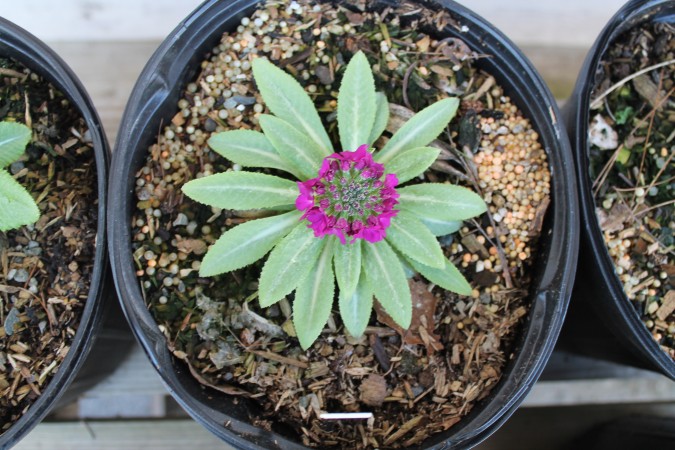
Photo Credit : Julia Shipley
Customers drive from all over New England for the Avery’s unique plants, some not available elsewhere. I remembered how that cool, sluggish spring turned to a blazing summer and how I watched as each perennial, referred to by its elegant Latin name, Aquilegia, Heuchera, Rosularia, each flared up in flower. Everyday in the nursery there was some new exquisite spectacle—the Pulsatilla or the Gentianopsis or the Meconopsis.
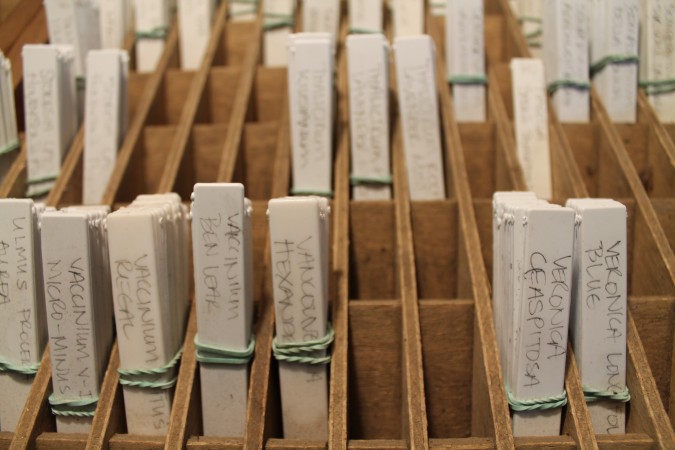
Photo Credit : Julia Shipley
At the end of each day, samples of these wonders, extra plants that weren’t retail worthy, but had vitality, were free for the taking. And each day I abstained. At 29, I had moved nine times in as many years, and I had no patch of earth called, “my own.” While I sometimes borrowed land (behind a café) to grow some carrots and tomatoes, I couldn’t see the point in putting in plants that would seize hold and grow in perpetuity, instead of finishing their cycle in the form of harvest or frost.
Nevertheless, my transient impulses grew weaker and weaker, the longer I looked at the booty pile.
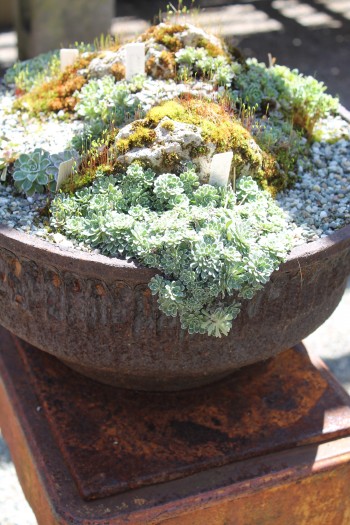
Photo Credit : Julia Shipley
When I stopped by the nursery today, fifteen years after I first strolled into their loamy smelling barn, I found Don and Lela were both busy, doing exactly what they set out to do more than thirty years ago. Don was headed out to prune a tree and Lela was in the barn potting plants.
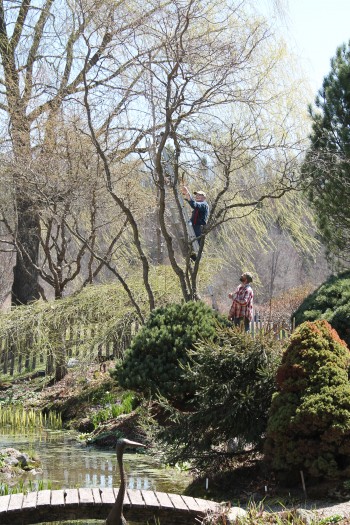
Photo Credit : Julia Shipley
I only worked one summer at Cady’s Falls Nursery, but I learned more about cultivating healthy plants than I’d ever learned tending vegetables. And despite the fact that after the growing season ended, I rolled onto other endeavors, other towns, I know that with each plant I dug from of their field beds, potted up, watered, then set out with a marker bearing its beautiful Latin name—the seeds of my present homestead were planted.
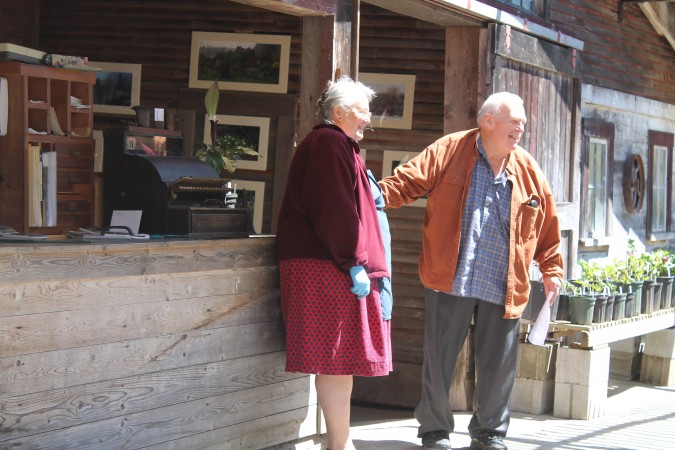
Photo Credit : Julia Shipley
Julia Shipley
Contributing editor Julia Shipley’s stories celebrate New Englanders’ enduring connection to place. Her long-form lyric essay, “Adam’s Mark,” was selected as one of the Boston Globes Best New England Books of 2014.
More by Julia Shipley

